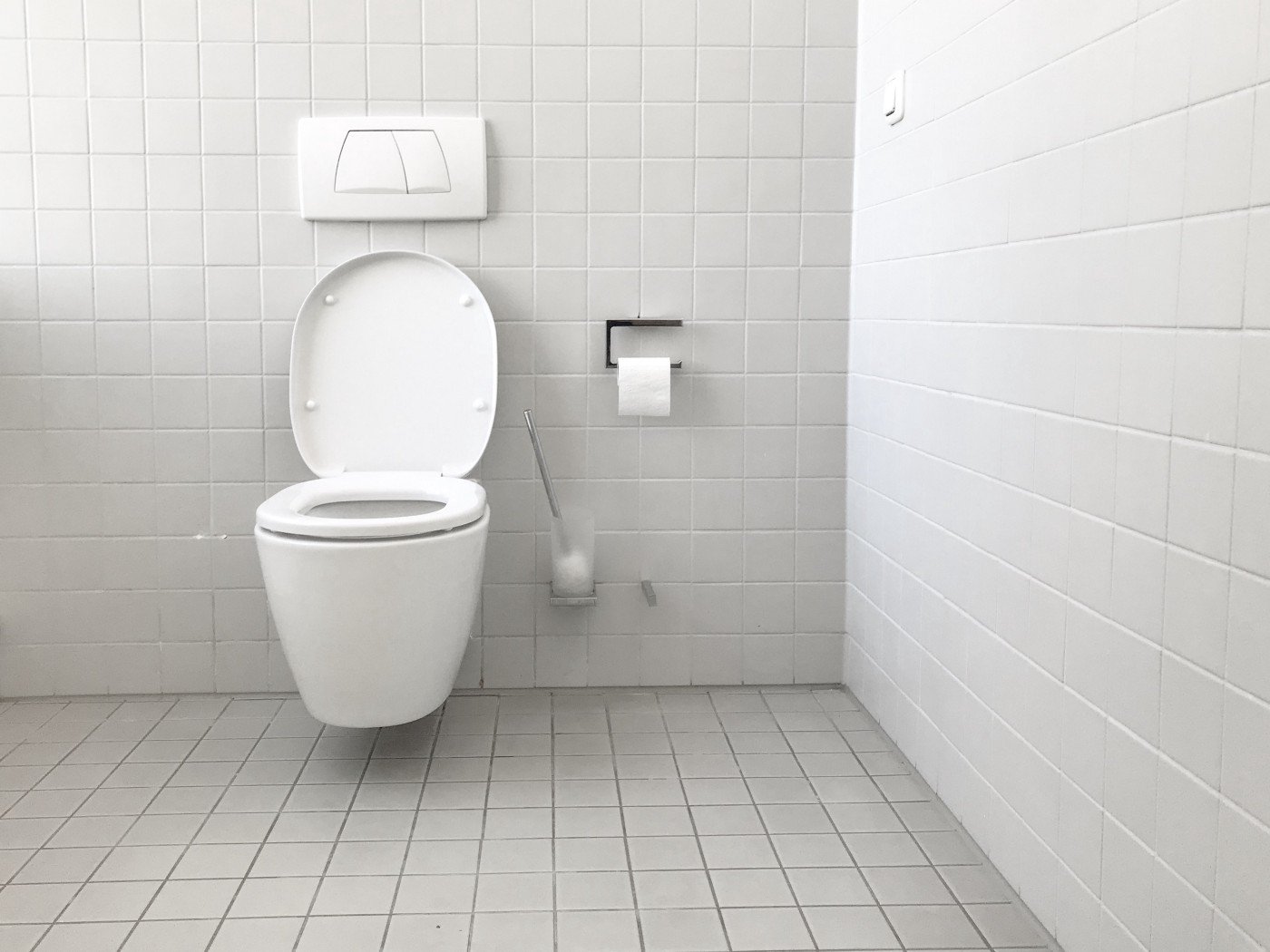If your toilet is starting to leak, you should know a few things before starting the replacement. It would help if you looked for cracks and leaks and loose flanges. You should also avoid over-tightening the bolts that hold the tank to the wall. After doing this, you can apply tile caulk around the base of your toilet. It would be best to leave a small open area near the back of the toilet so that water can escape, and you can check for leaks. Some toilet tanks have to fill and flush valves preinstalled; if not, you can install them yourself.
Repair or replace a leaky toilet
One of the first signs of a toilet replacement is water dripping from underneath the tank. The cause could be a broken wax seal, cracked tank, or faulty shutoff valve. If you cannot identify the exact cause of the leak, try soaking the floor for about an hour. A new puddle will eventually form, so you can find where the leak comes from. The water pooling in the bowl of the toilet’s tank is likely caused by a loose supply tube or faulty shut off valve.
If you are unsure if the leak is small or large, it may be best to replace it. In some cases, however, a leak may be a minor backup that you can resolve with a plunger. Otherwise, you’ll have to replace the toilet if it fails to fix the problem. A toilet repair kit will usually come with both parts. And if you don’t have a plunger handy, consider purchasing a repair kit.
Check for cracks
Cracked tanks and bowls are a common cause of toilet leaks. While some cracks are repairable, it is essential to replace the entire toilet if there are active leaks. Water can damage the floor of your bathroom and cause clogs. A toilet with a cracked tank should be replaced immediately. Here are some signs to look for. Cracks in older toilets can be worse than those caused by impact, and crazing can indicate more damage. Over-tightening bolts can also cause cracks and cause your toilet to leak even more water.
Check for leaks
One of the most common problems that people face is a leaking toilet. Identify the source of the water leak. If it’s over the sides, the problem will likely be the T-bolts. These are the metal parts that attach the toilet to the floor. If you can’t see them, try taking a putty knife and prying them off with a screwdriver. Sometimes, the problem may be the nut, so you can’t see it.
If you suspect a leaking toilet, it will look like a colored pool of water, and it is a sign of a slow leak and will eventually drip on the bathroom floor. You can also check for a puddle near the base of the toilet. If you find one, wipe off the water and leave a paper towel. If you see more than one puddle, the toilet may leak beneath the base.
Check for loose flanges
If you notice a leak in the toilet, you should check the flange for damage. If the flange is leaking, it will lead to significant damage. Water leaks in toilets can even reach the subflooring, which may cost thousands of dollars to repair. If the flange is broken, the toilet won’t be watertight, allowing sewer gas to escape from the bathroom and causing a foul odor throughout the home.
Toilet flanges are made of different materials and sizes, and you should choose the right ones for your toilet if you want to enjoy worry-free toilet performance. Copper flanges are flexible, but hard copper flanges might require an elbow joint. Copper is antibacterial and is commonly used for plumbing components such as delivering potable water. Copper flanges are a must-have for every toilet to avoid future plumbing problems.
Check for clogs
A toilet leak can be costly to fix, so checking for clogs before replacing your toilet is essential. You can also use a shop vac to clear the flange of the debris before reinstalling it.
The problem is most likely a clog. If you notice a clog regularly, it may signify that the parts responsible for flushing have broken down. It would help if you also looked for puddles around your toilet. If it’s not the latter, it’s time to replace it. If you don’t have the money for a new toilet, you can try a water softener instead.
Check for aging toilets
Another factor to consider is water efficiency. Older toilets are inefficient, using more water to flush. Older toilets can consume up to 7 gallons of water per flush, and you can cut this amount by purchasing a new toilet with low water consumption. These models perform just as well as regular toilets, but you’ll be able to save a lot of money on your water bill.
If you notice a crack in the tank, it is probably time for a new toilet. If you’re unsure about this, you can always hire a plumber to check the pipes and determine if the toilet is under warranty. In addition to clogged pipes, toilets can suffer from cracks over time. A crack in the seat or tank is not a problem, but a crack in another area could lead to a flooded bathroom. If you notice cracks in any of these spots, you should repair them immediately.
